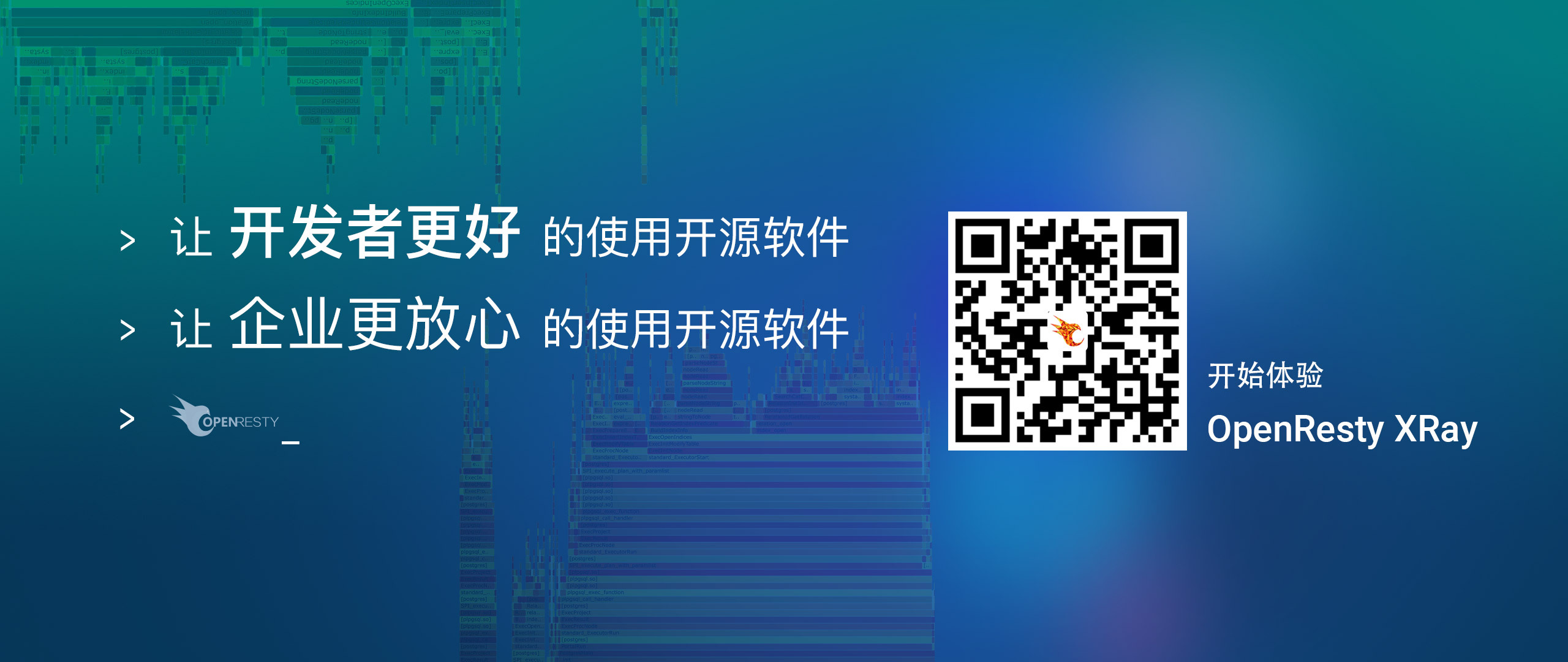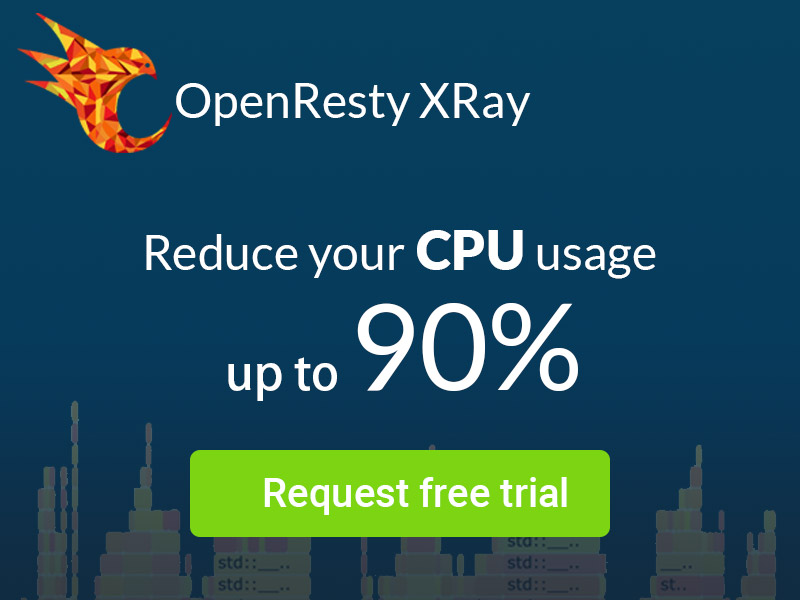Case Study: OpenResty XRay Doubles Ylang Compiler Performance
In the field of software development, performance optimization is often a challenging task. When a performance analysis tool can optimize other components within its ecosystem, this synergy becomes particularly noteworthy. Recently, the OpenResty team conducted an in-depth analysis of the Ylang language compiler using OpenResty XRay, achieving remarkable optimization results.
The OpenResty team conducted an in-depth performance analysis of the Ylang language compiler using OpenResty XRay, successfully identifying several key hotspot areas. By precisely locating these performance bottlenecks, the team achieved significant compiler performance improvements with only minimal code modifications.
In some complex scenarios, the compiler’s CPU time was reduced by up to 50%, directly halving the required processing time, while memory usage also decreased by 50%, greatly improving system resource utilization efficiency.
We conducted comprehensive tests on Ylang source code of varying complexity, with the following specific test results:
This optimization case fully demonstrates the precision and practical value of OpenResty XRay in the field of performance analysis, especially its ability to provide optimization support for tools within its own ecosystem, creating a virtuous cycle.
Ylang Language: The Ideal Tool for Dynamic Tracing
The Ylang language is a superset of C designed by the founder of OpenResty, created specifically to simplify the development of dynamic tracing tools. It allows developers to directly write dynamic tracing tools that can run on platforms such as eBPF, SystemTap, and GDB using natural, standard C language syntax.
Compared to traditional eBPF/LLVM toolchains, the Ylang language offers significant advantages:
- More natural syntax: Fully compatible with everyday C language habits
- Lower learning curve: No need to adapt to special syntax restrictions
- Improved development efficiency: More intuitive and efficient compared to traditional methods
Traditional eBPF/LLVM toolchains’ C language variants often contain numerous restrictions and special rules, making the development process complex and unintuitive, sometimes even more difficult to master than assembly language. The emergence of the Ylang language effectively addresses this pain point.
A Model of Technical Synergy
This optimization case demonstrates the synergistic effect between tools within the OpenResty ecosystem. As a high-precision performance analysis tool, OpenResty XRay not only provides optimization support for customers’ applications but also feeds back into its own ecosystem, improving the performance and efficiency of the entire technology stack.
Further Reading
Readers interested in the Ylang language can refer to the series of articles on the OpenResty blog to learn more about its design philosophy, syntax features, and practical application cases: Ylang: A Universal Language for eBPF, Stap+, GDB, and Other Frameworks (Part 1 of 4)
Conclusion
The successful case of OpenResty XRay optimizing the Ylang compiler demonstrates the important value of performance analysis tools in software development. By precisely identifying performance bottlenecks and implementing targeted optimizations, development teams can achieve maximum performance improvements with minimal code changes.
OpenResty Inc. also provides powerful private library services covering technical needs across various industries. These private libraries have significant advantages in performance optimization, security protection, and data processing, helping enterprises quickly build efficient, secure, and reliable application systems. Whether in finance, e-commerce, tourism, or media industries, OpenResty’s private library services can provide targeted solutions.
What is OpenResty XRay
OpenResty XRay is a dynamic-tracing product that automatically analyzes your running applications to troubleshoot performance problems, behavioral issues, and security vulnerabilities with actionable suggestions. Under the hood, OpenResty XRay is powered by our Y language targeting various runtimes like Stap+, eBPF+, GDB, and ODB, depending on the contexts.
If you like this tutorial, please subscribe to this blog site and/or our YouTube channel. Thank you!
About The Author
Yichun Zhang (Github handle: agentzh), is the original creator of the OpenResty® open-source project and the CEO of OpenResty Inc..
Yichun is one of the earliest advocates and leaders of “open-source technology”. He worked at many internationally renowned tech companies, such as Cloudflare, Yahoo!. He is a pioneer of “edge computing”, “dynamic tracing” and “machine coding”, with over 22 years of programming and 16 years of open source experience. Yichun is well-known in the open-source space as the project leader of OpenResty®, adopted by more than 40 million global website domains.
OpenResty Inc., the enterprise software start-up founded by Yichun in 2017, has customers from some of the biggest companies in the world. Its flagship product, OpenResty XRay, is a non-invasive profiling and troubleshooting tool that significantly enhances and utilizes dynamic tracing technology. And its OpenResty Edge product is a powerful distributed traffic management and private CDN software product.
As an avid open-source contributor, Yichun has contributed more than a million lines of code to numerous open-source projects, including Linux kernel, Nginx, LuaJIT, GDB, SystemTap, LLVM, Perl, etc. He has also authored more than 60 open-source software libraries.




















